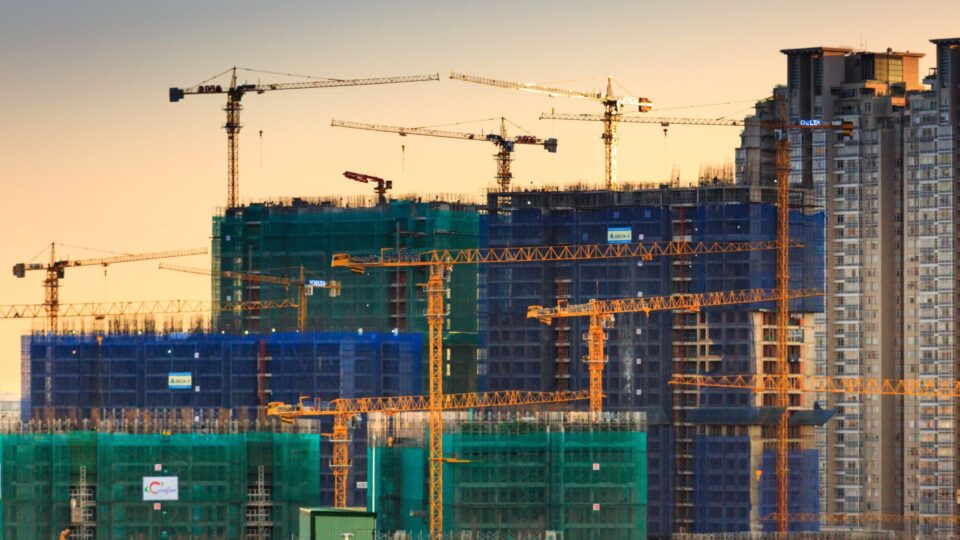According to the National Institute of Health, cold and dry winters in Australia contributed to a 20-30% increase in fatalities due to increase numbers . When considering on-site health and safety for construction, it’s essential to consider the consequences of cold stress.
What is cold stress, and how can you warm your construction site during the winter months?
This guide will list the top tips and solutions to keep construction sites warm and create a more pleasant, productive worksite for your employees during winter.
Why is it essential to prioritise warmth during winter construction?
Cold stress is a significant occupational hazard, especially during colder months. It occurs when a worker is exposed to harsh weather conditions for sustained periods and results in the following symptoms:
- Shivering – when the body’s temperature drops below the normal range (around 37 degrees Celsius), shivering can occur.
- Numbness and tingling – any exposed areas, such as the hands, feet, or face, can become numb in frigid temperatures.
- Frostbite – after sustained exposure to cold temperatures, frostbite can occur, causing discolouration, tissue damage, and even tissue death in affected areas.
- Hypothermia – a life-threatening condition with symptoms such as drowsiness, shivering, confusion, and even death.
- Increased heart rate and blood pressure – to maintain circulation in cold temperatures, the body will raise the heart rate and blood pressure, increasing the risk of a coronary event.
Even the milder symptoms of cold stress like headache, shivering, cough, fumbling hands can inhibit on-site productivity. The more severe symptoms, however, present a risk to worker health and could result in liability issues if preventative measures are not taken.
Health and safety legislation for construction site temperature
According to Safe Work Australia, there is no clear-cut temperature requirement for workers on construction sites. However, there are some general health and safety precautions which must be taken by the PCBU (person conducting business or undertaking), including enabling workers to acclimatise to new weather conditions and provision of:
- Heating
- Protection equipment
- Warm and waterproof clothing
PCBUs must implement health and safety measures per these guidelines to avoid liability in the event of hypothermia on site.
Tips for construction site safety during winter
Now that we have discussed your obligations regarding on-site temperature let’s discuss the top tips for keeping construction sites warm and ensuring adequate winter ventilation.
Investing in Heater Fans
Heater fans can help your workers to feel more comfortable in their working environment while promoting productivity. Heater fans come with thermostat control to prevent employees from overheating, and they come with safety kill switches, reducing the potential for a workplace hazard.

Roof ventilation
A Roof Fan is an essential component of on-site safety for construction workers all year round.
In the winter, however, humidity within a construction site can condense, leading to dampness. This dampness can cause structural issues within the construction project, causing mildew and warping that could impact beams, joints, and wooden structures.
If the structural integrity of the building is compromised, this places worker safety at risk, increasing the chance of structural collapse. You might consider employing the following solutions to provide air ventilation in winter:
- Base hooded Roof Fan – these industrial fan units are mounted on a base and provide air extraction and exhaust to mitigate humidity and contaminants. You can choose from a Curb Base Hooded Roof Fan or a Profile Base Hooded Roof Fan for fast and easy installation.

- Vertical Discharge Roof Fan – a Vertical Discharge Roof Fan can help control humidity within a space by removing heat, dust, steam, smoke, or noxious gasses as it rises to the ceiling. The fan is hot-dipped with galvanised steel construction and weather-proof butterfly dampers that can withstand all environmental conditions when mounted on a building’s roof.

The most suitable fan for your construction site will depend on the site’s structure and accessibility considerations. By contacting our ventilation experts, you can understand the number of fans you require and the fan that best suits your site’s needs.
Fanquip provides access to industry-compliant ventilation solutions
Construction health and safety requires an increased focus on ventilation and airflow. Not only can cold cause health conditions and inhibit worker productivity, but humidity can compromise the structural integrity of your site.
Fanquip is an industry leader in ventilation solutions, with experience catering to various industries – including construction. To understand how to maintain compliance with industry regulations, speak to one of our ventilation experts today.
